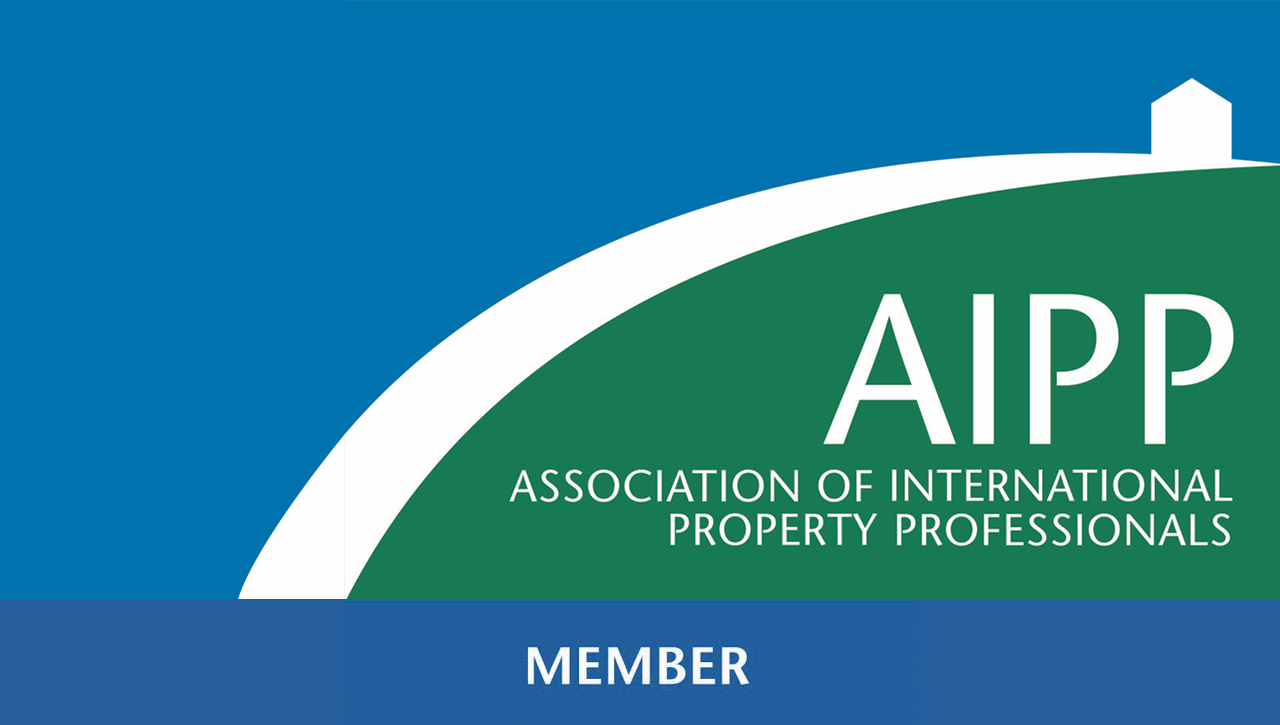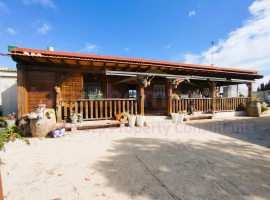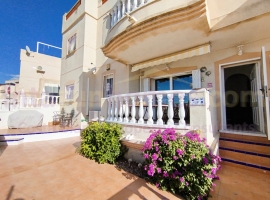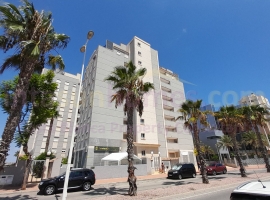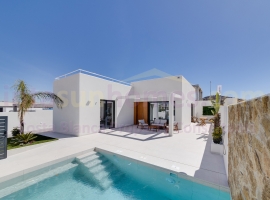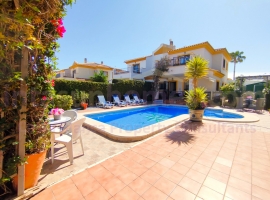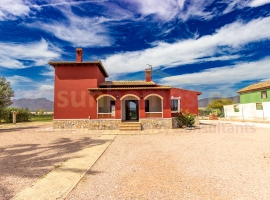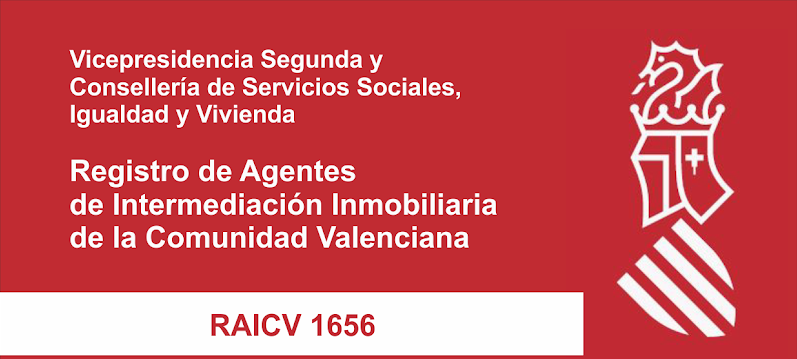Murcia A Paradise for Divers
The highly protected Cabo de Palos marine reserve is a well-established breeding ground for Mediterranean fish and wildlife, established as a marine protection area in 1995 it is home to an abundance of marine life such as huge Groupers, Barracuda, Octopus, Moray eels, Eagle rays as well as Nudibranch and the occasional Sunfish.
This area is considered the best dive site in Spain and one of the top areas in Europe for the abundance of marine life. Nutrient rich, open sea waters attract the fish to this unique area. The marine park is subject to high waves and currents so suitable only for strong experienced divers.
During late September and early October, the marine life is at its most active due to small fry shoals such as sardines which congregate around the reefs and close to shore.
This abundance of life attracts the predatory fish such as denton fish, barracuda, jacks, red mullet, tuna and even the colourful dolphinfish gather to have a feeding frenzy which creates a bait ball effect which is spectacular to watch. This can go on for weeks with different marine creatures swimming into the shoal to grab a quick bite that makes the smaller shoaling fish swim closer together and creating the creating a large silver ball of fish that looks truly spectacular.
Over time many ships have been lost within the reserve and many of their wrecks still very much intact, on occasions objects have been found that have been lying hidden for hundreds of years such as an ancient anchor or amphora uncovered in a storm. Recently a Phoenician wreck from 600BC discovered in a small reef north east of Isla Grosa. Due to its age little of the ship remained however pottery and spear heads and two 2,500-year-old elephant tusks were recovered.
For the diver this offers much more fun and interest.
Some of the more recent wrecks that are regularly dived are the (lsla Gomera) which sank in a violent storm in 1946 just out of the port it was carrying a cargo of oranges which lead to the ship being nicknamed the “Naranjito” “Little Orange” which divers will be more familiar with. The wreck is 50 metres long and lies at a depth of 28m at the bow and 43m to the stern.
The Turia and Ulla which are wooden minesweepers were sunk by the navy between Isla Grosa and Cabo de Palos for training purposes and lie in approximately 28 to 35m deep.
The old wreck of “Sama” lying at a depth of at 50 meters has been little explored due to its depth for the most part it has broken up but is of interest for the many large Nudibranchs (a group of soft-bodied, marine gastropod molluscs which shed their shells after their larval stage) living on it.
A reef called Bajo de Fuera within the “Islas Hormigas marine park” is a huge reef system that peaks at just 3 metres below the surface. It has a known 4 ship wrecks lying at its base. One was the “Sirio” passenger liner which hit the reef in 1908 and was carrying approximately 1000 immigrants from Italy when it struck the reef and was grounded for days until a storm broke the ship in two, the bow section slipping to the south side of the reef and the stern slipping into the north

